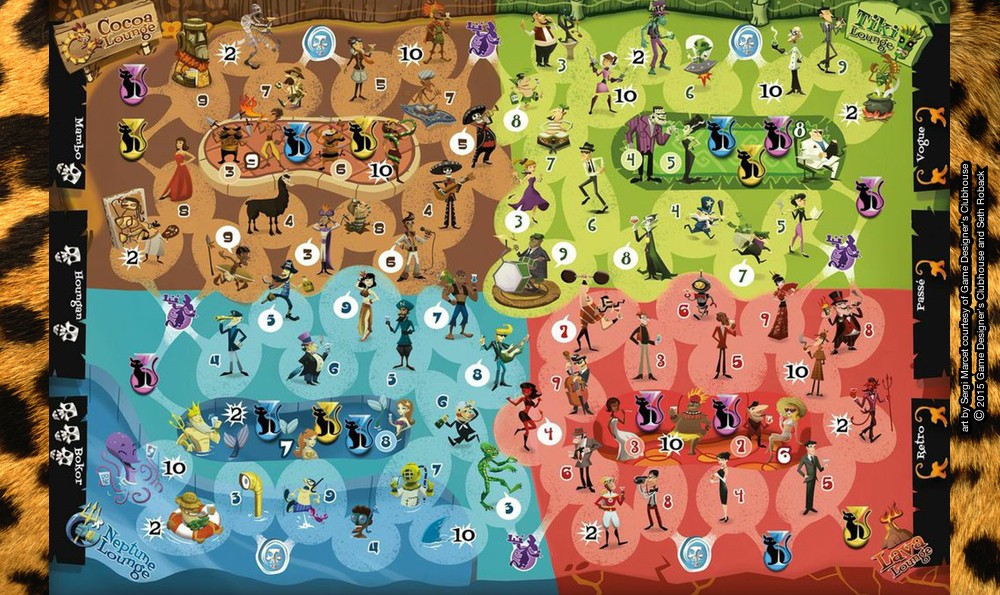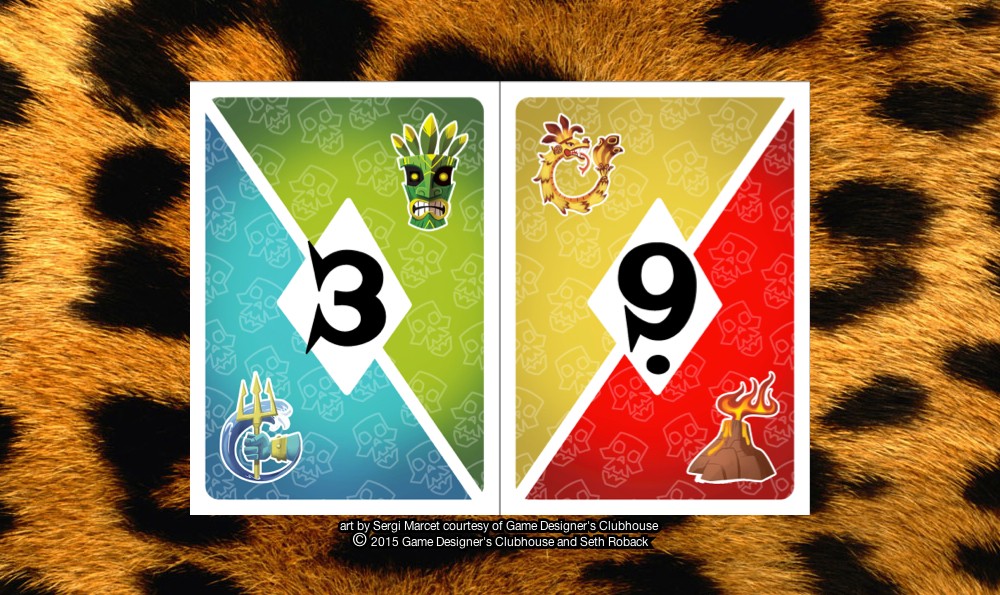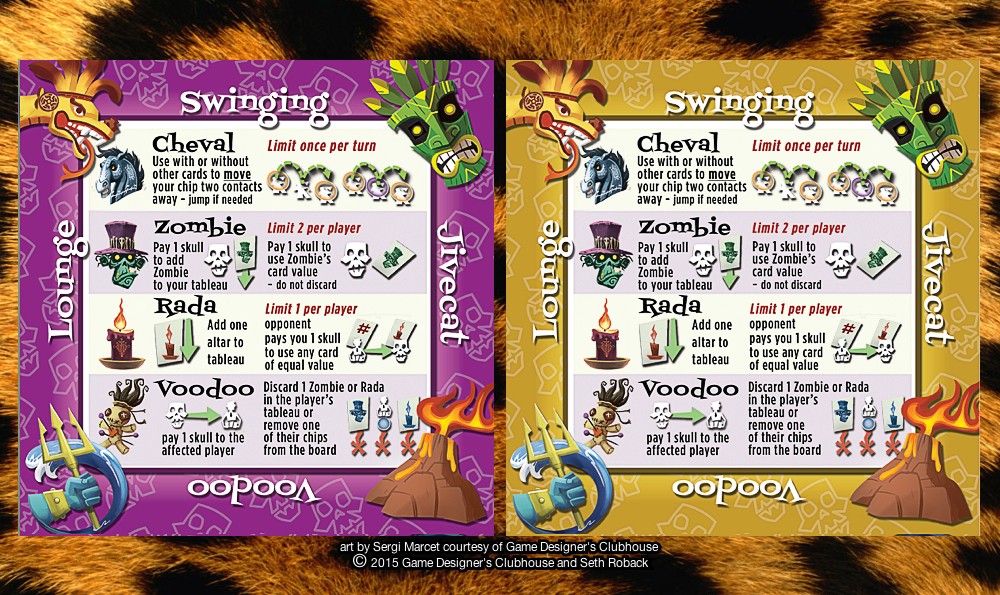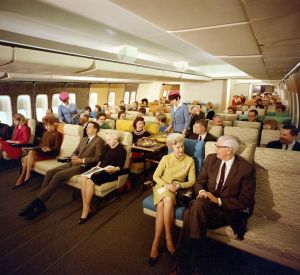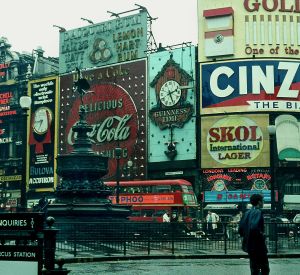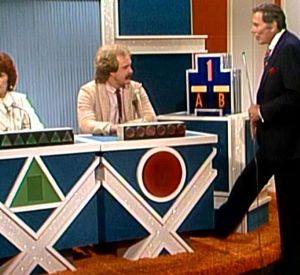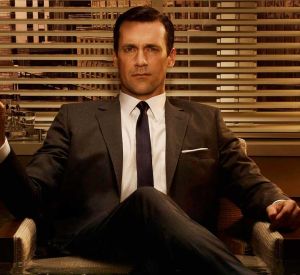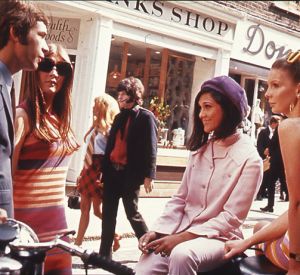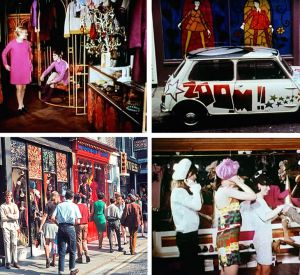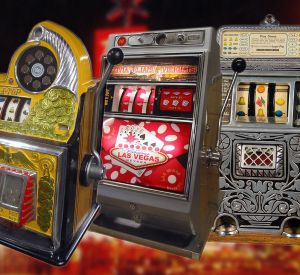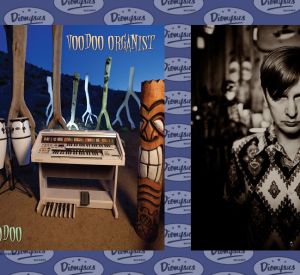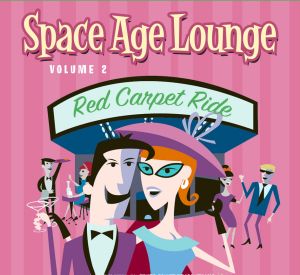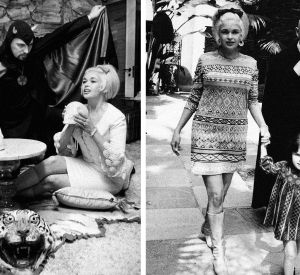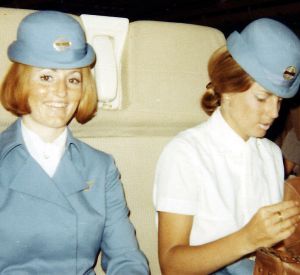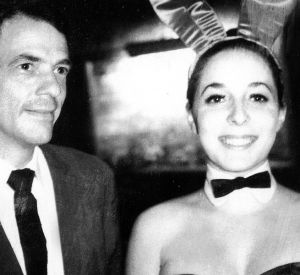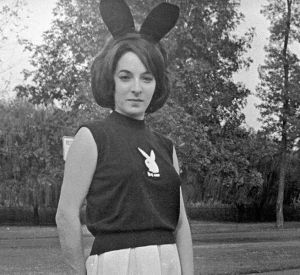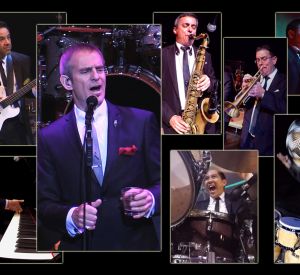Let’s Play Swinging JiveCat Voodoo Lounge – A Retro Board Game
Game designer Seth Roback was raised in 1970s southern California and was considerably influenced by Disneyland, Googie architecture, and Jay Ward cartoons. Today, Roback resides in Seattle and has taken his love of mid-20th century pop culture and turned it into his first board game, Swinging Jivecat Voodoo Lounge, which is currently crowd-funding on Kickstarter. Here’s what he had to say when he discussed his new game with Ultra Swank’s Baron von Swankenstein.
BVS: How long have you been a Lounge Revivalist and what got you into the scene ?
Roback: I was raised in southern California, so Lounge has always been a part of me. I grew up going to Ships Coffee Shop, Disneyland, and bowling at the Stardust lanes. I remember looking forward to the intro of the Bewitched (1964) TV series. I was always a fan of Jerry Lewis and James Bond.
I remember being impressed with the Mod revivalists in junior high school in the early 80s. I became a third-wave Mod in high school. However, I was never hip or happening. I am more of a retro-style dork. I am the Nutty Professor who has a hidden Buddy Love inside me. I think Swinging Jivecat Voodoo Lounge is my Buddy Love coming out.
So, you’ve always been into the mid-century retro scene ?
The influence that revived the Revivalist in me was listening to LuxuriaMusic.com — Exotica, early electronic, Lounge bachelor pad, as well as old silly advertisements. Along with the music, Luxuria also introduced me to the art of SHAG.
In addition, I have always been a fan of Cool jazz such as Dave Brubeck, Vince Guaraldi, and Henry Mancini. I’ve watched Alphaville (1965) and Touch of Evil (1958) I can’t tell you how many times. I love Jay Ward cartoons such as Colonel Bleep (1957) and The Rocky & Bullwinkle Show (1959). And I loved the Beatniks in Buckets of Blood (1959) and Peter Gunn (1958). So, really, I became aware that a hidden time portal existed to a whole other world. Me with my Neptune conjunct ascendant and moon in the Twelfth house, I always love to escape to some alternative universe.
Swinging Jivecat Voodoo Lounge has been in development for four years. And this is your first game. How did the game get published in the first place ?
I ran into my publisher because he made a retro sci-fi game called Alien Frontiers that represented the [science-fiction of the mid-century] era. In my emails back and forth with David [MacKenzie of Game Designer’s Clubhouse], we talked about how we could run away with this Lounge Revivalist theme. Of course, I was watching Mad Men at the time.
I love nostalgia from all eras. But I pitched a game from this particular era because it fit in with David’s last game and it seemed it would be a blast to make and someday play.
It seems the gaming industry is in desperate need of a new thematic genre. Themes such as zombies, dungeon crawls, space operas, Cthulhu, trading in the Mediterranean, and building castles have over-saturated the market. There are so many games that are waiting to be created with the Lounge Revivalist theme. I am currently working on a card game under the same Revivalist / SJVL branding called “Swinging Jet Set Exotic Destinations” that taps into the jet set culture that spawned Exotica and Tiki culture.
Given your background and interests, it seems like a foregone conclusion that your first board game would be Lounge Revival themed. What convinced you that it would be successful ?
There are no other games that use this theme. Mad Men is very popular. I knew that many collectors go to Tiki conventions. It just seemed like there was a demographic to reach who would like a game featuring SHAG-style artwork and kitschy playing components.
On a funny side note: When I was single, I dated a Romanian woman. She told me I wasn’t sexy enough and that I should read books about how to attract women. [Ouch! -Baron] So, I read a book about pick-up artists and their techniques called The Game by Neil Strauss.
I never spent much time at bars. Except when playing games, I am very introverted and I get tired around groups of people. So I never tried out the pick-up artist techniques because it would have taken too much out of me. I found my wife regardless. However, the idea of making a game about connecting with people seemed really appealing because it was so far removed from my world.
Also, I started making the game two years into the 2008 recession. I saw 50% of the people at my last job get laid off. Life was seeming kind of dismal. Everyone seemed to be worried about the future. I wanted to make a game that gave people an escape, fantasizing about being care-free, social, and sexy.
Lounge Revival and the retro scene is broad and has many facets. There’s no way to include all of it in one game. During the creation of Swinging Jivecat Voodoo Lounge, when you were deciding what to keep and what to eliminate, what thematic influences and elements did you insist be the focus of the game ?
I really wanted a cartoon modern feel like Jay Ward’s Colonel Bleep but that would have been perhaps too much of a stretch for our customers.
I definitely wanted Beatnik culture represented. That represented the rebelliousness of youth subculture from the conformity of the middle class.
Tiki and Googie had to be represented, of course. Tiki represents jet travel being made accessible to people in the early 60s. So there is a tourist fascination with the exotic. Googie represents the attention towards space with the space race. We wanted to keep it somewhat like a Disneyland adventure – sparkly, clean, and magical.
I definitely wanted kind of a slapstick element like Jerry Lewis, who I love. Lewis had to have his own character on the game board; He is the goofy-looking guy holding the camera in the Lava Lounge.
We definitely sought to include kitsch with the cocktail monkeys hanging off martini glasses [for point scoring] and skulls [as game currency]. If we could have afforded it we would have put cheese fondue in the center of the board. All that stuff is just light-hearted fun, which is definitely the vibe we were shooting for.
I am a fan of Mod culture but our focus was more on late 50s and early 60s; So we leaned it more towards a Beatniks – Cool jazz sort of element. The Beatles and The Who would come later. But we do have an Elvis impersonator, and someone playing electric guitar who could be Duane Eddy, on the game board. Elvis was making the scene and his movies such as Viva Las Vegas (1964) and Blue Hawaii (1961) definitely captures the zeitgeist.
Basically, we wanted to keep the game historically representative from 1955 to 1963, before the death of Kennedy. We wanted to represent all the pop culture of the time.
OK, let’s talk about the game itself. Is Swinging Jivecat Voodoo Lounge easy to play ? Is it simple like Checkers, moderate like Monopoly, or complex like Settlers Of Catan ?
It’s fairly easy to learn how to play. However, there is so much you can do with clever card and board play that a game can have you thinking about it long after it’s over. In terms of complexity, it’s on par with Settlers of Catan.
What’s the object of the game ?
The object of the game is to expand your social network across four retro themed lounges (Tiki, Lava, Neptune, and Cocoa). Often, you are required to use Voodoo spells in order to competitively “work the room” and climb up the social hierarchy of Low Brows, Hipsters, up to the most prized –the Swinging Jivecats– who rule the scene.
How do you win ?
You score by climbing up the social hierarchy and fulfilling social trends. Social trends could be making it to the private parties, making friends with the musicians, having friends in one lounge or another, or being the most mobile across lounges. It’s kind of how people in social situations build up a reputation.
There are 15 trend cards that circulate throughout the game. The trends change from being in vogue, to passé, to retro kitsch, each rewarding you with different amount of points and giving you more Voodoo powers. We are constantly inventing new trend cards which will be included in future game expansions and special promos.
Points are kept track by hanging plastic cocktail monkeys off your martini glass. The first person to score 15 points triggers the last round of play and whoever has the most points at the end wins.
I’m a graphic designer by training. Regardless of how well it plays, if a board game has a poor layout or bad artwork, I don’t buy it. That said, I’m really jazzed about Swinging Jivecat Voodoo Lounge‘s art & design, particularly at the idea of martini glasses, bar coasters, and plastic cocktail monkeys as actual playing pieces. How did you decide on the game’s look and physical design ?
I feel the same. To me, a tabletop game is a shared artistic experience. I really wanted to recreate a mood and feeling from the old cartoons, architecture, and movies of the mid-century.
The graphic design for the monkeys, martini glasses, and voodoo skulls came out of long rambling emails sent back and forth with David, my publisher. Nothing was deliberate but more of a stream-of-consciousness about what we thought would capture the fun and zeitgeist.
The style of the game art is reminiscent of both SHAG and Derek Yaniger. Considering how different your artist, Sergi Marcet’s, style is on other projects, this was a deliberate choice, wasn’t it ?
Very much so. I scoured the Internet for images from different artists, including SHAG and Yaniger, and shared them with my publisher and artist. Jay Ward, the animator of Rocky and Bullwinkle, was also a big influence. I love Colonel Bleep and George of the Jungle (1967) encapsulating both the future and exotic primitive motifs. The 1960s Tom and Jerry and Hanna Barbera cartoons such as Deputy Dawg (1962; Terrytunes) also have a coolness to them. I love the jazzy style of art of the time which I feel is lost in today’s pop culture. There was a style of impromptu fun, sophisticated humor, and subtle sex appeal to the old cartoons and comics that is still very enticing to me.
I find it funny that your game has SHAG-style artwork; SHAG’s last gallery exhibit in Australia, “Parlour Games,” featured Beatniks and other retro types playing classic board games like Monopoly, Sorry, and Mystery Date. Any thoughts on that ?
That is funny. We originally sent out a letter to SHAG asking if he wanted to do the art. He had suffered a terrible accident at the time and we never heard from him. He was probably way out of our price range, anyway. But the fact that he references retro cats with board games just shows the hundredth monkey theory in action. We all tap into the same collective unconscious.
Your game recently got an early “thumbs up” on Twitter from board game enthusiast and Mad Men actor Rich Sommer. How do you feel about that ?
I dig it, baby!!! I like his character [Harry Crane] on Mad Men because he is always getting in trouble; But he tries to be good.
And, finally: When you’re playing Swinging Jivecat Voodoo Lounge at your tiki bar at home, what’s in your glass and what’s on your hi-fi, daddy-o ?
I like to swing it with my Trinidad Mauby and rum and some Voodoo drums. Craaazy! I fire up Maya Deren: The Divine Horsemen for some rhythm on YouTube in the background. This game requires otherworldly concentration to invoke the Loa and rule the lounges; You feel me, Baron?
The only time I feel anybody is when I’ve had too much rum, you dig ? Thanks for taking time out to talk with us, Seth. Catch you on the flip side!
Thank you! It’s been fun. Cheers!
Update: Swinging Jivecat Voodoo Lounge successfully accomplished its crowd-funding on February 5th. For those that missed getting the game on Kickstarter, it will be available from Game Designer’s Clubhouse in game stores and online when it is released near the end of the year.
Above: Swinging JiveCat Voodoo Lounge — Art by Sergi Marcet
Above: Swinging JiveCat Voodoo Lounge — Art by Sergi Marcet


